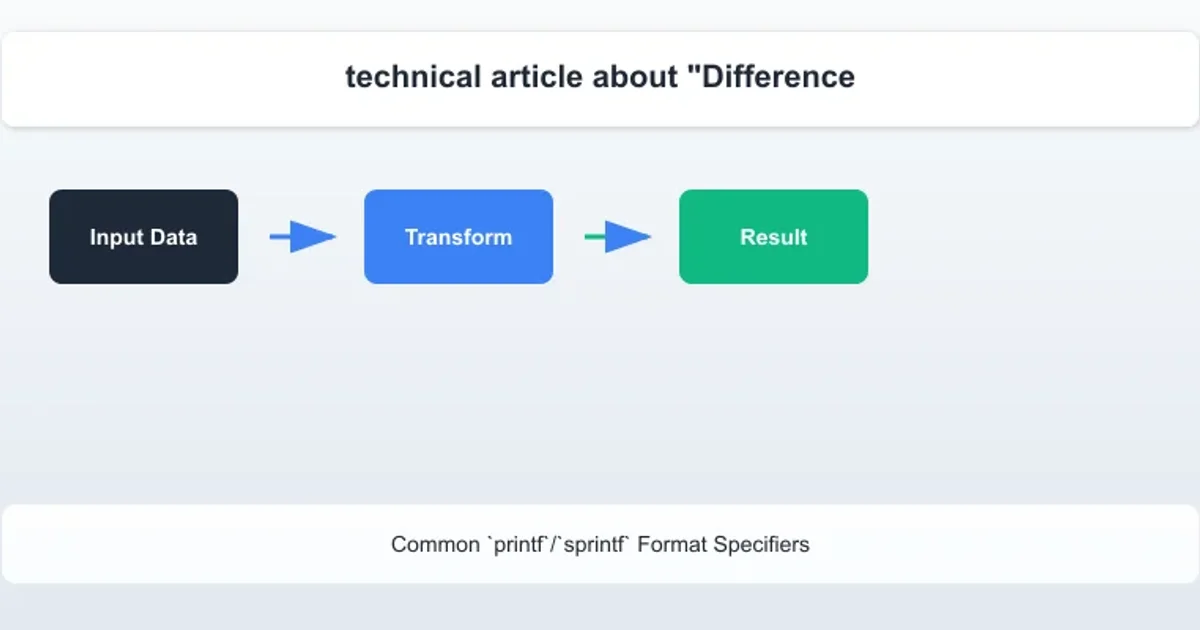What is XOR Encryption?
Categories:
Understanding XOR Encryption: A Simple Yet Powerful Cryptographic Tool

Explore the fundamentals of XOR encryption, how it works, its properties, and why it's a foundational concept in cryptography, despite its limitations.
XOR encryption, also known as the XOR cipher, is one of the simplest forms of encryption. It leverages the properties of the exclusive OR (XOR) logical operation to combine plaintext with a key, producing ciphertext. While not suitable for securing highly sensitive data on its own, understanding XOR encryption is crucial for grasping more complex cryptographic concepts and its applications in various algorithms.
How XOR Works: The Core Principle
The exclusive OR (XOR) operation is a binary operation that outputs true (1) if inputs are different, and false (0) if inputs are the same. In cryptography, this operation is applied bit by bit to the plaintext and a secret key. The beauty of XOR lies in its reversibility: applying the same key twice restores the original data.
flowchart TD
A[Plaintext Bit] --> B{XOR Operation}
C[Key Bit] --> B
B --> D[Ciphertext Bit]
D --> E{XOR Operation}
C --> E
E --> F[Original Plaintext Bit]The XOR encryption and decryption process at a bit level
Let's look at the truth table for XOR (represented by the symbol ^):

XOR Truth Table
This property is fundamental: A ^ B = C implies C ^ B = A. This means if you XOR plaintext P with a key K to get ciphertext C (P ^ K = C), you can XOR the ciphertext C with the same key K to retrieve the original plaintext P (C ^ K = P).
Implementing XOR Encryption
Implementing XOR encryption is straightforward. You simply iterate through the plaintext, taking each character (or byte) and XORing it with a corresponding character (or byte) from the key. If the key is shorter than the plaintext, it's typically repeated. This is known as a repeating-key XOR cipher.
def xor_encrypt_decrypt(data, key):
encrypted_data = bytearray()
key_len = len(key)
for i in range(len(data)):
encrypted_data.append(data[i] ^ key[i % key_len])
return encrypted_data
# Example Usage:
plaintext = b"Hello, World!"
key = b"secret"
ciphertext = xor_encrypt_decrypt(plaintext, key)
print(f"Plaintext: {plaintext}")
print(f"Key: {key}")
print(f"Ciphertext: {ciphertext}")
decrypted_text = xor_encrypt_decrypt(ciphertext, key)
print(f"Decrypted: {decrypted_text}")
# Output:
# Plaintext: b'Hello, World!'
# Key: b'secret'
# Ciphertext: bytearray(b'\x0f\x00\x0e\x0e\x0b\x1d\x18\x0e\x1b\x0b\x01\x0e\x1c')
# Decrypted: bytearray(b'Hello, World!')
Limitations and Security Considerations
While simple and fast, basic XOR encryption with a repeating key is highly insecure. Its primary weakness lies in the key reuse. If an attacker knows or can guess parts of the plaintext, they can often deduce the key. Furthermore, frequency analysis can be applied to repeating-key XOR ciphers, similar to how it's used against Caesar ciphers or Vigenère ciphers.
The only truly secure form of XOR encryption is the One-Time Pad (OTP). An OTP uses a key that is:
- Truly random: Generated by a cryptographically secure random number generator.
- As long as the plaintext: Each bit of plaintext is XORed with a unique, random bit of the key.
- Used only once: The key is never reused for any other message.
When these conditions are met, the One-Time Pad provides perfect secrecy, meaning the ciphertext reveals no information about the plaintext. However, the practical challenges of securely generating, distributing, and managing such long, unique keys make OTPs impractical for most real-world applications.
Applications of XOR in Modern Cryptography
Despite its weaknesses as a standalone encryption method, the XOR operation is a fundamental building block in modern, robust cryptographic algorithms. It's used extensively in:
- Stream Ciphers: Many stream ciphers generate a pseudorandom keystream, which is then XORed with the plaintext to produce ciphertext. This mimics the OTP concept but uses a shorter, secret key to generate a long keystream.
- Block Ciphers: Within block ciphers like AES (Advanced Encryption Standard), XOR operations are used in various rounds to combine data with subkeys, providing diffusion and confusion.
- Hashing Algorithms: XOR contributes to the mixing functions within cryptographic hash functions, ensuring that small changes in input lead to significant changes in output.
- Error Detection and Correction: XOR is used in parity checks and checksums (like CRC) to detect errors in data transmission.
- RAID Systems: In RAID 5 and RAID 6, XOR is used to calculate parity data, allowing for data recovery in case of disk failure.
graph TD
A[XOR Operation]
B[Stream Ciphers] --> A
C[Block Ciphers (e.g., AES)] --> A
D[Hashing Algorithms] --> A
E[Error Detection/Correction] --> A
F[RAID Systems] --> AVarious applications of the XOR operation in computing and cryptography
In conclusion, XOR encryption, in its simplest form, is a great educational tool for understanding basic cryptographic principles. However, its true power lies in its integration into more sophisticated algorithms, where its reversible and bit-wise properties contribute to the security and integrity of modern data protection schemes.